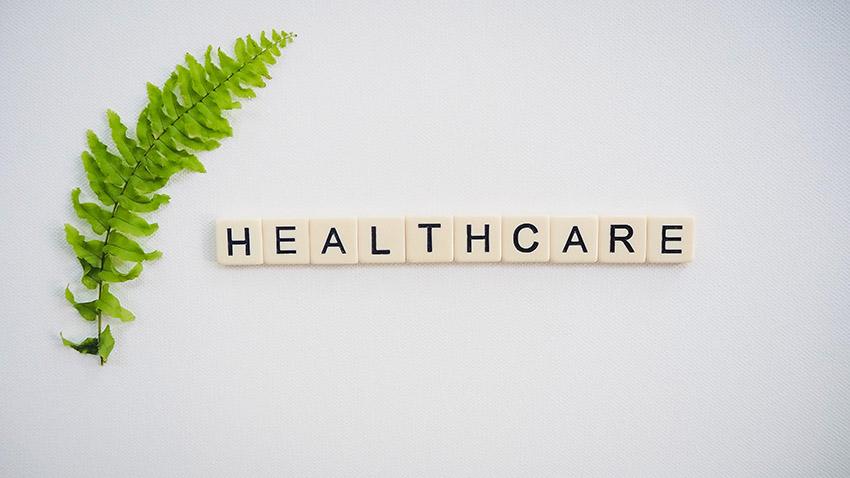Poles prioritize health spending as healthcare sector sees debt decline
In 2025, a growing number of Poles are choosing not to cut back on health-related expenses, with 61% reporting satisfaction with their overall health. A recent study commissioned by BIG InfoMonitor revealed that 14% of respondents plan to increase their spending on specialist visits, health-focused diets, and physical fitness. This is nearly matched by the 16% who intend to reduce their health expenditures, while almost half (48%) aim to maintain spending levels from the previous year.
The trend is particularly visible among older adults aged 65 and above (20%) and younger adults between 25 and 34 (17%), while the average across other age groups stands at around 12%. Regional differences are also notable, with the highest intent to increase spending observed in the Łódź (25%), Silesian (20%), Lower Silesian, and Lubusz (17%) voivodeships. The lowest levels were seen in Podlaskie (4%), West Pomeranian (5%), and Opole (6%).
Alongside this shift in consumer behavior, the financial condition of healthcare institutions has improved. According to data from BIG InfoMonitor and the BIK credit database, the total amount of outstanding debt among private healthcare providers decreased by PLN 35.4 million (6%) in the latest reporting period. The number of entities with unresolved debts also dropped by 91. By contrast, the previous year had seen a PLN 53.4 million increase in arrears and 71 more institutions facing financial difficulties.
As of the end of April 2025, private healthcare debt stood at over PLN 560 million, affecting 4,108 entities. The most notable reductions in debt were recorded among hospitals (down 33% to PLN 34 million), dental practices (down nearly 16% to PLN 79.1 million), and specialist medical practices (down 14% to PLN 133.6 million). Physiotherapy clinics, however, saw their debts increase by 25%, reaching nearly PLN 119 million.
Regionally, the sharpest declines in healthcare sector debt occurred in the Lublin voivodeship (down 53% to PLN 20.2 million), Łódź (down 45% to PLN 35.2 million), and Małopolska (down 29% to PLN 36.2 million). In contrast, the largest increases were observed in Mazowieckie (up 32% to PLN 174.2 million), Warmińsko-Mazurskie (up 12% to PLN 9.3 million), and Świętokrzyskie (up 11% to PLN 8.8 million).
The increase in health-related spending is driven by multiple factors, including an ageing population, rising demand for medical services, technological advances in diagnostics and treatment, and improved public awareness of health and wellness. According to Dr. Waldemar Rogowski, Chief Analyst at BIG InfoMonitor, the financial outlook for the healthcare sector is improving, supported by a more engaged population and increased willingness to invest in private care.
Despite growing demand and costs, Poles remain largely positive about their health. A CBOS survey showed that 61% rated their health as at least good, while 29% described it as average, and only 10% considered it poor. Compared to 2016, there has been a noticeable improvement in self-perceived health, with satisfaction rising by six percentage points.
The majority of healthcare providers listed in the BIG InfoMonitor register fall under private ownership or operate as limited liability companies. These include general and specialist medical practices, dental clinics, hospitals, and physiotherapy centers. As health awareness and spending continue to grow, the sector appears poised for further financial stabilization.









